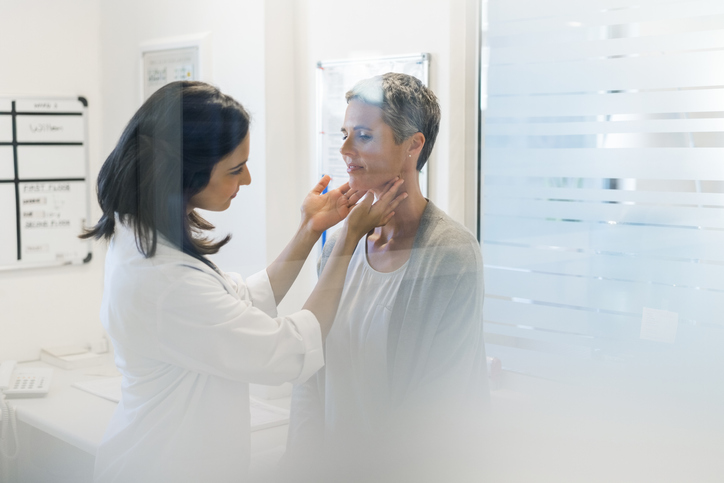
Seasonal depression disorder is perhaps better known as seasonal affective disorder (or SAD, an appropriate acronym). Over 16 million Americans suffer from SAD each year. As the American Psychiatric Association explains, the symptoms of SAD are similar to depression but are brought on in the US by the low light levels present during winter.
But depression sometimes has a seasonal component, and that season is almost always winter or late fall. Even if you do not suffer from chronic depression, the winter months – with their persistent cold weather and brief periods of daylight – can bring you down. So, how can you tell if you are experiencing a minor and transient case of the “blues” or if you have seasonal depression disorder? Here is more background about SAD and some specific signs of the disorder that you can look for.
Risk Factors of Seasonal Affective Disorder
Like many disorders, SAD is more common among certain population groups. Women are more at risk than men, and SAD usually first manifests in those aged 18-30. Naturally, people living in northern areas – like Connecticut – are more prone to SAD than those who reside close to the equator and enjoy more sunlight in winter. Finally, if you already have depression or anxiety, or are under treatment for these conditions, you are more likely to be affected by SAD than the general population.
Symptoms of Seasonal Affective Disorder
While many of the symptoms of SAD and generalized depression overlap, depression is not dependent on the time of year, weather conditions, or light levels. SAD, on the other hand, tends to resolve in the spring or with increased light exposure.
Specific signs of SAD may include:
- -Depressed mood
- -Anhedonia, or an inability to take pleasure in activities or events that previously brought you joy
- -Excessive fatigue and increased sleeping
- -Inattention or indecisiveness
- -Alterations in eating patterns, specifically consuming richer or sweeter foods
- -Thoughts of worthlessness, guilt or ideas of self-harm
Distinguishing Between Seasonal Affective Disorder and Sadness
Sadness is a normal human emotion and just because you are feeling down does not mean you have a disorder, especially in winter, which can bring on additional stress. Winter holidays like Thanksgiving, Christmas, Hanukkah, New Year’s, and even Valentine’s Day are considered times of joy and an opportunity to connect with family and friends. But these celebrations can also open old psychological wounds or overwhelm you with shopping, cooking, and other responsibilities. Feelings of anxiety or sadness concerning the holidays could be signs of SAD but may also be simple holiday stress.
To differentiate between the blues and seasonal depressive disorder, you may need expert assistance. Your PACT primary care physician’s office is an excellent place to start. They can provide advice, diagnosis, treatment, and a specialist referral if necessary.
When Seasonal Affective Disorder Results in an Emergency
Medical emergencies are not always physical. Mental health emergencies arise as well. In some instances, patients with SAD may experience thoughts of self-harm or harming others. If you have any such thoughts, call 911 or visit an emergency room immediately. These are serious symptoms and require immediate medical attention.
Treatment of Seasonal Affective Disorder
Fortunately, there are effective treatments available for SAD. These include pharmacologic therapies, cognitive behavioral therapy, and light therapy. Light therapy is thought to address the root of SAD by providing exposure to ultraviolet light, the same type of light the sun emits. Light therapy is safe when received under the direction of a physician. Plus, you will typically need only about 20 minutes of exposure each day.
While researchers do not yet understand the complete mechanisms and biochemistry behind SAD, there are effective measures available. And it’s important to remember, you are not alone.
Looking For a Primary Care Doctor in Connecticut?
PACT Primary Care is Accepting New Patients!
Locations throughout Connecticut in Guilford, Hamden, Madison, Milford, New Haven, Orange, West Haven and Wallingford.
To schedule an appointment, request an appointment online here or call a local center near you.

